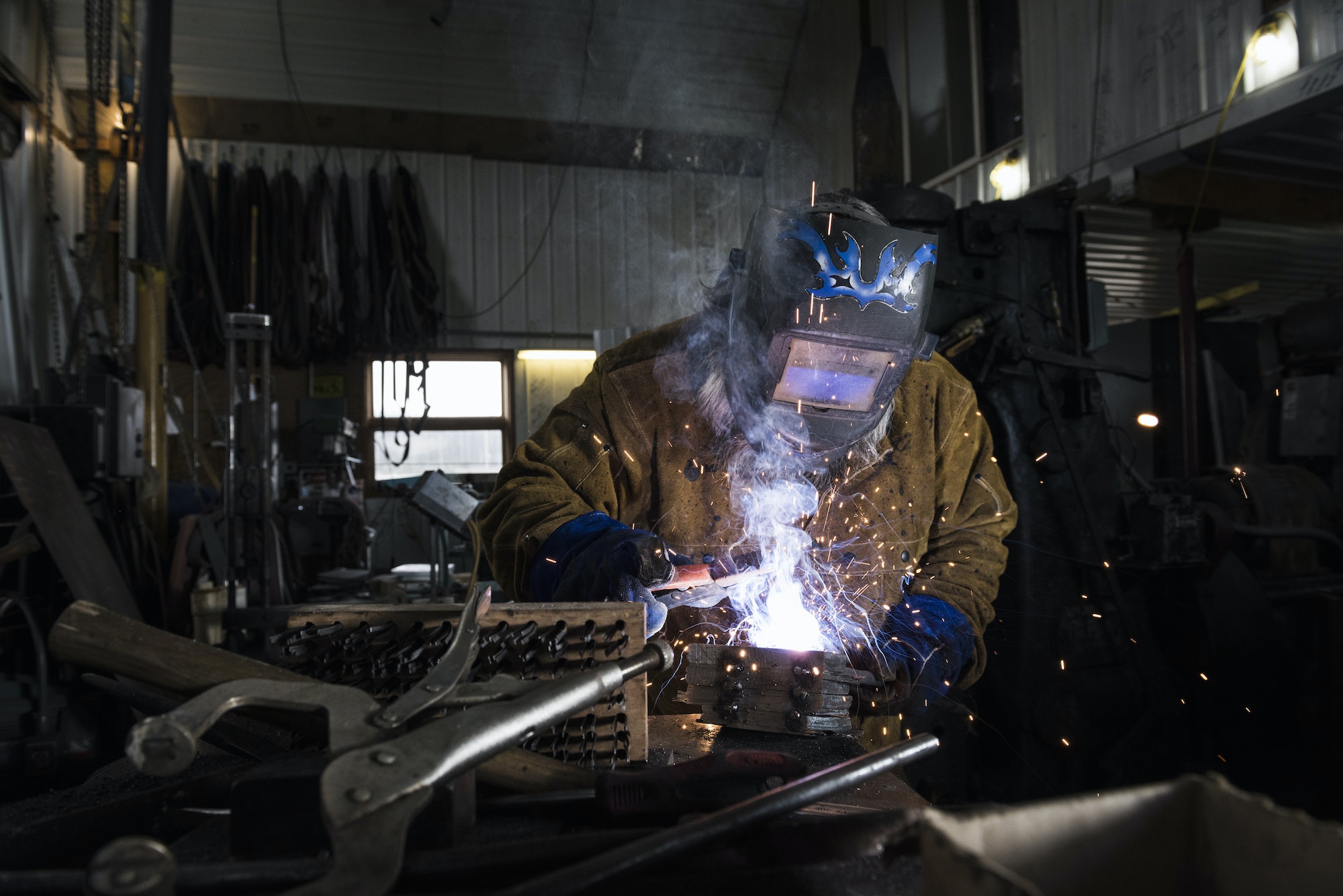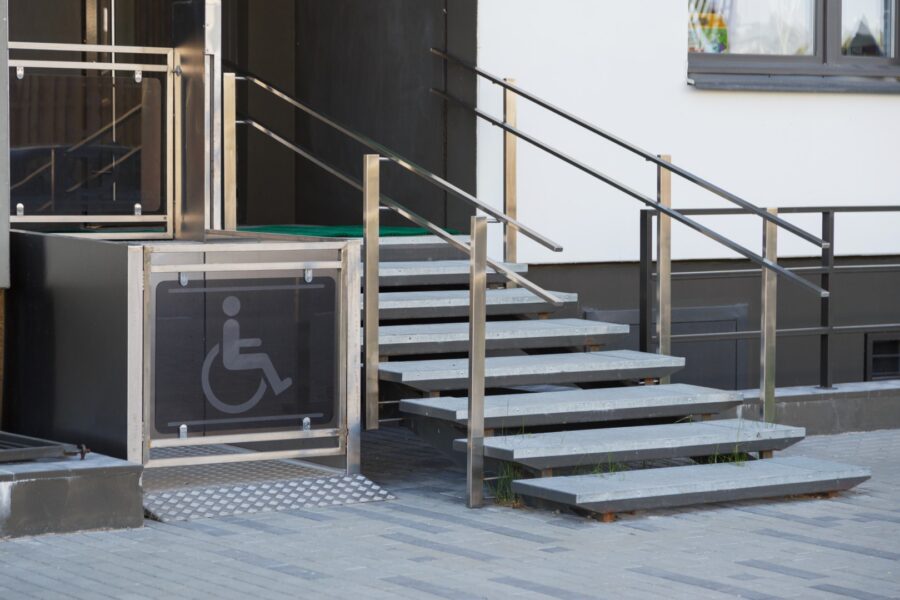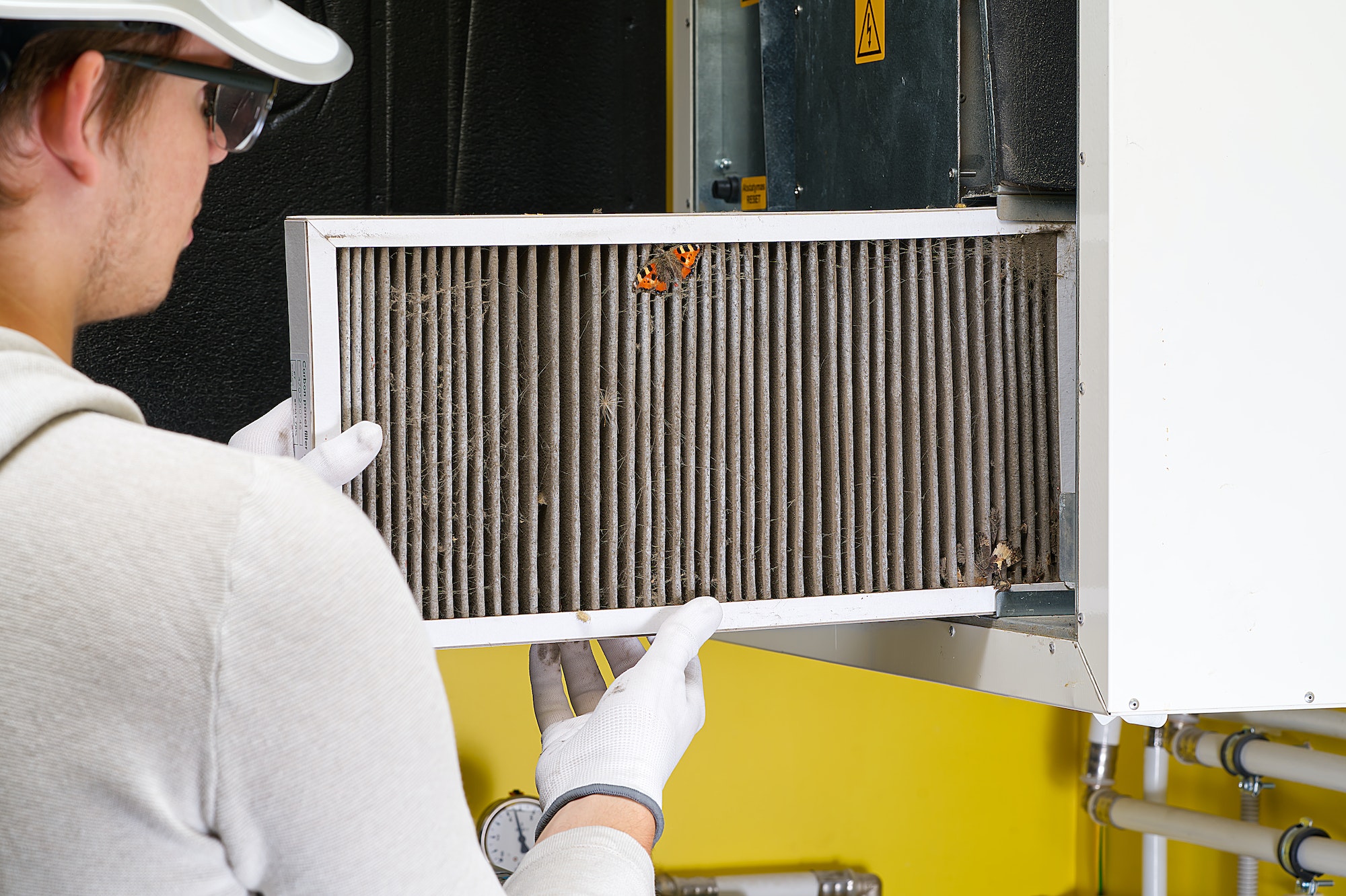Sheet metal welding assembly is a vital process in the sheet metal manufacturing industry, particularly in the fabrication of various products. This article aims to provide a comprehensive guide to sheet metal welding assembly, covering essential concepts, techniques, and best practices. Whether you are a beginner or an experienced professional, this article will equip you with valuable insights into the world of sheet metal welding assembly.
Understanding Sheet Metal Welding Assembly
Sheet metal welding assembly involves joining two or more metal sheets using various welding processes. This assembly technique is widely used in industries such as automotive, aerospace, construction, and manufacturing. By carefully selecting the appropriate welding method and following best practices, manufacturers can achieve strong and durable welds that meet the desired specifications.
Types of Sheet Metal Welding Processes
Resistance Spot Welding
Resistance spot welding is a common method for joining sheet metal. It uses an electric current to create heat at the interface between the metal sheets, forming a weld nugget. This process is fast and efficient, making it ideal for high-volume production.
Gas Metal Arc Welding (GMAW)
Gas Metal Arc Welding, also known as MIG (Metal Inert Gas) welding, utilizes a consumable electrode wire and a shielding gas to protect the weld pool from atmospheric contamination. GMAW is versatile and can be used to weld a wide range of sheet metal thicknesses.
Laser Welding
Laser welding is a precise and high-speed welding technique that uses a laser beam to melt and join the metal sheets. It offers excellent control over the welding process and is commonly used in industries where precision is crucial.
Tungsten Inert Gas (TIG) Welding
Tungsten Inert Gas welding, also known as GTAW (Gas Tungsten Arc Welding), produces high-quality welds with exceptional aesthetics. It uses a non-consumable tungsten electrode and an inert gas to shield the welding area from contaminants.
Factors to Consider Before Welding
Before starting the sheet metal welding assembly process, several factors need to be considered to ensure successful welds.
Material Selection
Choosing the right material is crucial for achieving satisfactory welds. Factors such as the type of metal, thickness, and intended application should be taken into account. Common sheet metal materials include stainless steel, aluminum, and carbon steel.
Joint Design
The joint design plays a significant role in determining the strength and quality of the weld. Factors such as joint type, fit-up clearance, and edge preparation should be carefully considered to ensure proper fusion.
Welding Equipment and Consumables
Selecting appropriate welding equipment, such as welding machines, electrodes, and shielding gases, is essential for achieving desired results. The equipment should be suitable for the selected welding process and the thickness of the sheet metal.
Welding Environment
Creating a suitable welding environment is crucial for ensuring weld quality. Factors such as cleanliness, temperature control, and protection against drafts can significantly impact the welding process.
Preparing for Sheet Metal Welding
Before initiating the welding process, proper preparation is vital to ensure successful welds.
Surface Preparation
Thoroughly cleaning the metal surfaces to be welded is crucial for achieving good fusion. Any contaminants, such as dirt, grease, or rust, should be removed using appropriate cleaning methods.
Fit-Up and Alignment
Proper fit-up and alignment of the metal sheets are essential for obtaining strong and aesthetically pleasing welds. Accurate measurement, clamping, and tack welding can help ensure precise alignment.
Clamping and Fixturing
Clamping and fixturing the metal sheets in the correct position is necessary to prevent distortion and maintain proper joint alignment during welding. Properly designed fixtures can improve productivity and weld quality.
Sheet Metal Welding Techniques
Various techniques can be employed for sheet metal welding assembly, depending on the joint design and the desired outcome.
Spot Welding Technique
Spot welding involves the application of localized heat and pressure to create a series of welds along the joint. This technique is commonly used for joining overlapping sheets in applications where strength and speed are critical.
Seam Welding Technique
Seam welding is suitable for creating continuous welds along the joint. It is commonly used for watertight and airtight applications, such as tanks and ductwork.
Plug Welding Technique
Plug welding involves creating a hole in one sheet and welding it to another sheet placed beneath it. This technique is often used to join two sheets together without leaving visible welds on the exterior surface.
Stitch Welding Technique
Stitch welding refers to creating a series of intermittent spot welds along the joint. It is useful for joining thin sheets or sections with limited access.
Weld Quality and Inspection
Ensuring the quality of sheet metal welds is crucial to maintain structural integrity and meet industry standards. Various inspection methods can be employed to assess weldquality and detect potential defects.
Visual Inspection
Visual inspection involves examining the welds visually to check for any visible defects such as cracks, undercuts, or incomplete fusion. This method is quick and straightforward but may not detect internal defects.
Non-Destructive Testing (NDT)
Non-destructive testing techniques, such as ultrasonic testing, radiography, and liquid penetrant testing, can be used to inspect welds without damaging the workpiece. These methods provide more detailed information about the weld integrity and can identify hidden defects.
Weld Defects and Remedies
Common weld defects include porosity, incomplete fusion, and excessive spatter. Understanding the causes of these defects and implementing appropriate remedies, such as adjusting welding parameters, improving surface preparation, or modifying joint design, can help improve weld quality.
Welding Automation and Robotics
The use of automation and robotics in sheet metal welding assembly offers numerous advantages in terms of productivity, accuracy, and consistency.
Advantages of Automation
Automation reduces human error, increases production speed, and ensures consistent weld quality. It also allows for the integration of advanced technologies, such as real-time monitoring and data analysis, to optimize the welding process.
Robotic Welding Systems
Robotic welding systems can handle complex weld paths and perform repetitive welding tasks with high precision. These systems can be programmed to follow specific welding parameters and adapt to different sheet metal configurations, improving overall efficiency.
Safety Considerations in Sheet Metal Welding
Ensuring safety during sheet metal welding assembly is of utmost importance to protect both the welders and the workplace.
Personal Protective Equipment (PPE)
Welders should wear appropriate PPE, including welding helmets, gloves, flame-resistant clothing, and safety glasses, to protect themselves from heat, sparks, and harmful fumes.
Ventilation and Fume Extraction
Proper ventilation and fume extraction systems should be in place to remove welding fumes, gases, and particulates from the work area. Adequate ventilation helps maintain air quality and protects the welders from respiratory hazards.
Fire Safety Precautions
Sheet metal welding involves the generation of intense heat, sparks, and molten metal. Implementing fire safety measures such as fire-resistant barriers, extinguishers, and proper storage of flammable materials minimizes the risk of fire accidents.
Common Challenges in Sheet Metal Welding Assembly
Sheet metal welding assembly presents several challenges that need to be addressed for successful welds.
Distortion and Warping
Heat generated during welding can cause distortion and warping of the metal sheets. Proper sequencing, fixturing, and controlling heat input can help minimize distortion and maintain dimensional accuracy.
Burn-Through and Blowholes
Excessive heat or improper welding techniques can lead to burn-through, where the metal becomes excessively melted or pierced. Blowholes, on the other hand, are caused by trapped gases in the weld. Adequate heat control, joint preparation, and filler metal selection can help prevent these issues.
Porosity and Incomplete Fusion
Porosity refers to the presence of gas pockets within the weld, while incomplete fusion occurs when the weld metal fails to fuse with the base metal. Proper cleaning, shielding gas selection, and welding parameter adjustment can help reduce porosity and ensure complete fusion.
Best Practices for Sheet Metal Welding Assembly
Adhering to best practices can significantly improve the quality and efficiency of sheet metal welding assembly.
Welding Sequence and Strategy
Planning the welding sequence and strategy is essential to minimize distortion, achieve proper fusion, and optimize productivity. Welding from the center outward or using a back-stepping technique can help distribute heat evenly.
Proper Heat Control
Controlling heat input is crucial for preventing distortion, maintaining metallurgical properties, and avoiding excessive weld defects. Adjusting welding parameters, such as current, voltage, and travel speed, according to the thickness and material type, ensures proper heat control.
Weld Reinforcement and Cleaning
Proper weld reinforcement and cleaning contribute to the overall quality and aesthetics of the weld. Removing excess spatter, cleaning the weld surface, and applying appropriate reinforcement techniques, such as grinding or hammering, improve the appearance and strength of the weld.
Post-Weld Treatment and Finishing
Applying post-weld treatment, such as grinding, sanding, or polishing, can enhance the surface finish of the weld and remove any sharp edges or burrs. This step is particularly important for sheet metal applications where aesthetics are essential.
Future Trends and Innovations in Sheet Metal Welding Assembly
The field of sheet metal welding assembly continues to evolve with advancements in technology and innovative techniques. Some future trends and innovations include:
- Advanced sensing and monitoring systems for real-time process control
- Integration of artificial intelligence and machine learning algorithms for automated defect detection
- Hybrid welding processes combining different techniques for enhanced performance
- Lightweight and high-strength materials for improved efficiency and sustainability
Conclusion
Sheet metal welding assembly plays a crucial role in the manufacturing industry, enabling the fabrication of various products. By understanding the different welding processes, considering important factors, and following best practices, manufacturers can achieve high-quality and reliable welds. Embracing automation, prioritizing safety, and staying updated with the latest trends and innovations in the field will contribute to continuous improvement and success in sheet metal welding assembly.
Discover more from Futurist Architecture
Subscribe to get the latest posts sent to your email.




